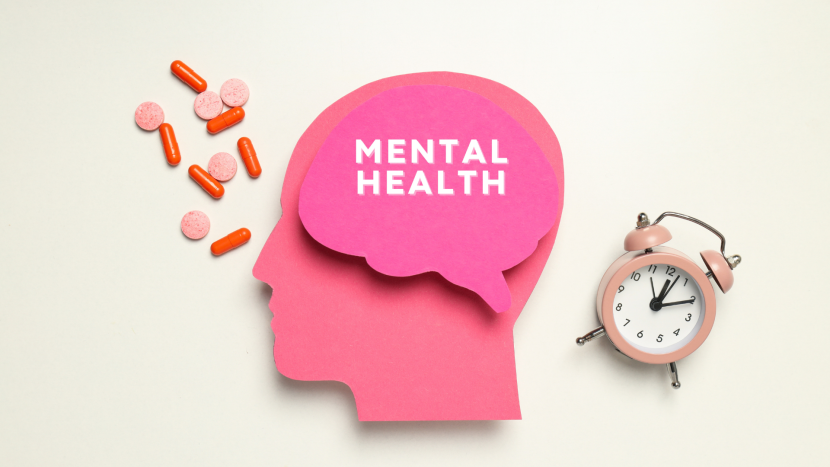In today’s fast-paced world, stress, anxiety, and depression are on the rise. Amid the chaos of modern life, regular exercise and yoga have emerged as powerful, natural tools to support and improve mental health. While many people turn to workouts for physical fitness, fewer realize the profound impact movement has on the mind.
This blog dives deep into the science-backed mental health benefits of exercise and yoga, and how you can incorporate both into your daily routine for a calmer, clearer mind.
How Exercise Affects Mental Health
Exercise isn’t just about building muscles—it’s about balancing brain chemistry, releasing feel-good hormones, and reducing stress.

1. Boosts Mood Naturally
Regular physical activity increases the production of endorphins, often referred to as “feel-good hormones.” These act as natural painkillers and help lift your mood instantly.
2. Reduces Anxiety and Depression
Exercise lowers cortisol (the stress hormone) and helps regulate brain chemicals like serotonin and dopamine, both of which play crucial roles in mood and motivation.
A study published in JAMA Psychiatry found that regular exercise can reduce symptoms of depression by over 26%.

3. Improves Sleep Quality
Poor mental health and poor sleep often go hand in hand. Regular activity helps you fall asleep faster and enhances deep, restorative sleep.
4. Sharpens Cognitive Function
Cardio workouts increase blood flow to the brain, improving memory, concentration, and decision-making, which is especially beneficial as we age.
The Mindful Power of Yoga

Yoga is more than just a workout—it’s a powerful tool for mental well-being. Unlike intense exercises, yoga gently combines movement, breathing, and meditation to calm the mind and body. It helps reduce stress by activating the body’s relaxation response and eases mental tension through practices like deep breathing and relaxation poses. Over time, regular yoga can improve emotional balance, helping you stay calm and respond to stress more mindfully. It also boosts self-awareness, making it easier to understand and manage your emotions.
Harvard Health notes that yoga and meditation may reduce activity in the brain’s fear center, the amygdala, promoting a greater sense of peace.
Exercise + Yoga = Mental Wellness Combo
Pairing aerobic exercise (like jogging, dancing, or cycling) with yoga creates a balanced routine that supports mental, emotional, and physical health. Aerobic activity energizes the body and clears the mind, while yoga grounds you, promotes calm, and helps regulate emotions.
A Simple Weekly Routine Could Look Like:
- 30 minutes of cardio: 3–4 times a week
- 20–45 minutes of yoga: 2–3 times a week
- Daily mindfulness: 5–10 minutes of breathing or meditation
Final Thoughts:
Whether you’re struggling with stress, feeling down, or simply want to boost your mood, regular exercise and yoga offer a natural, accessible, and powerful solution. Start small—even 10 minutes a day helps. Choose activities you enjoy, like walking, cycling, or a gentle yoga flow. Use wellness apps like Calm or Headspace for guidance, stay consistent, and consider joining a group for extra motivation. Over time, these simple habits can truly transform both your mind and your life.




